
In Tai O, traditional Hong Kong fishing village, foundation helps preserve its culture and history
- The Hong Kong Heritage Conservation Foundation has worked with villagers since 2009 to promote the history of Tai O on Lantau and preserve its heritage
- A former police station became the Tai O Heritage Hotel, murals depicting aspects of village culture have been painted, and its stilt homes are being repaired
To set foot in Tai O is to enter a time warp.
From this fishing village at the southwestern tip of Lantau, Hong Kong’s largest island, the skyscrapers and bright lights synonymous with the city are nowhere to be seen.
Stilt houses and multicoloured sampans populate its winding waterways, beside which residents attend to woven platters holding dried fish and seafood.
But as Tai O’s population grows older, with much of the younger generation choosing to move to urban areas, the village’s heritage and history are at increasing risk of being forgotten.

That prospect did not sit well with Melanie Kwok, assistant general manager (sustainability) for the non-profit Hong Kong Heritage Conservation Foundation (HCF).
Kwok began working closely with Tai O villagers in 2009, when she oversaw the renovation of its marine police station into the Tai O Heritage Hotel.
Visitors’ guide highlights Hong Kong design, art, culture and urban escapes
In the 15 years since, she has spearheaded several projects to preserve Tai O’s history and culture.
In 2018, she and the foundation launched a programme to revitalise stilt houses. It began after Kwok visited an elderly Tai O resident whose home looked vulnerable to an impending typhoon.
“This [person] said, ‘Oh, I have no money, I have no support. I’m living by myself, so I’m just going to let it happen,’” Kwok says.

She began recruiting repairmen to help fix stilt houses for residents, particularly those with minimal resources. Repairs can take several months because the work can be done only when there is a low tide, Kwok says. To date, 10 stilt houses have been repaired.
The foundation also launched ArtWalk@Tai O, a programme under which murals have been painted around Tai O. Created by local artists, the murals depict subjects such as the village’s annual dragon boat parade – the aim being to give tourists insight into Tai O’s history and culture.
Meanwhile, the hotel – which is around 15 minutes’ walk from the main part of Tai O and is managed by the foundation – has implemented its own initiatives to serve the village.
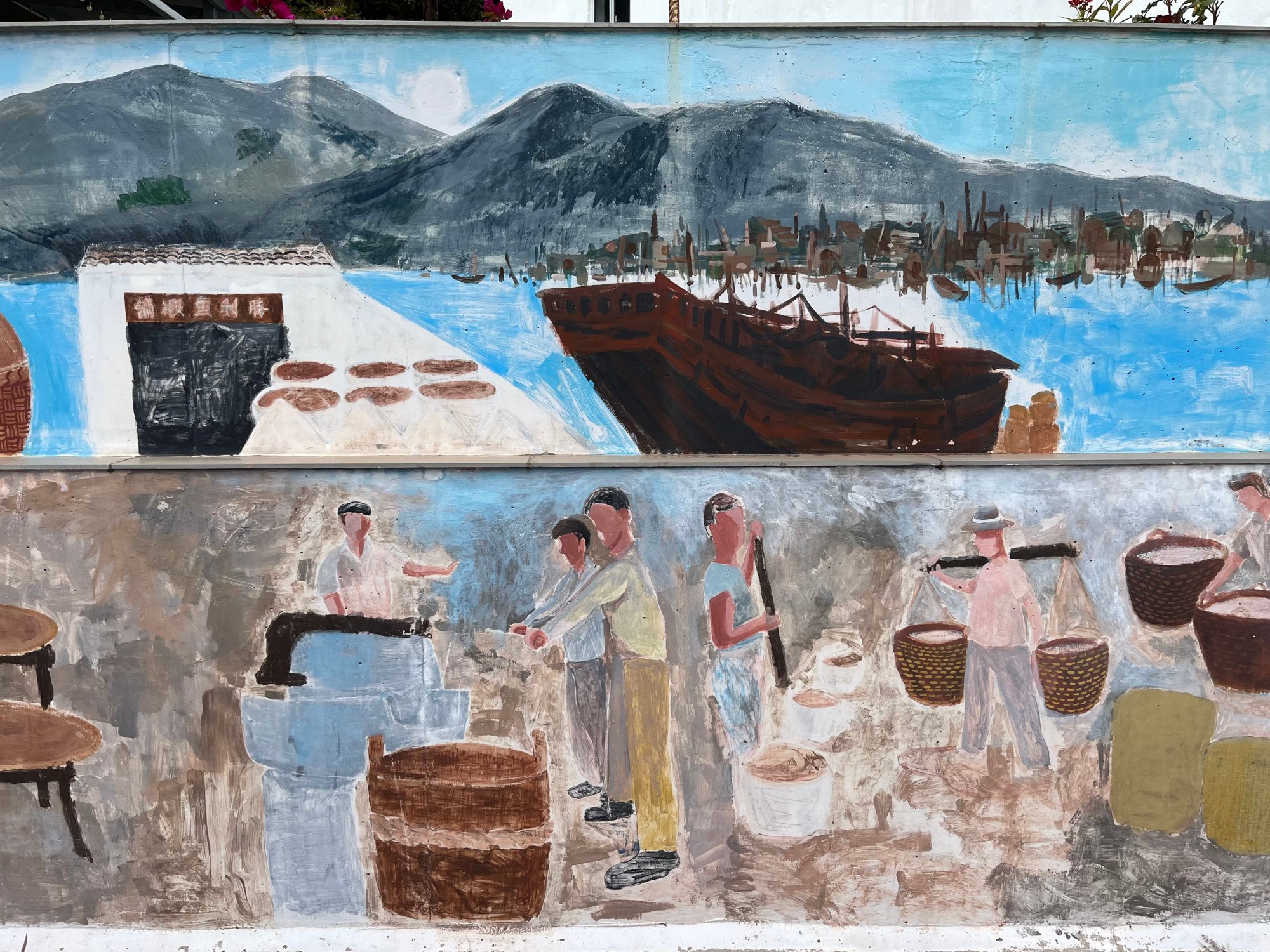
The hotel is committed to recruiting at least 50 per cent of staff from Tai O and surrounding Lantau communities, and it runs beach clean-ups with non-governmental organisations and villagers.
In winter 2023, the hotel teamed up with the Hong Kong Young Women’s Christian Association to deliver hot soup and gift packs to elderly people in Tai O.
“In essence, it’s run as a social-enterprise hotel,” Kwok says.
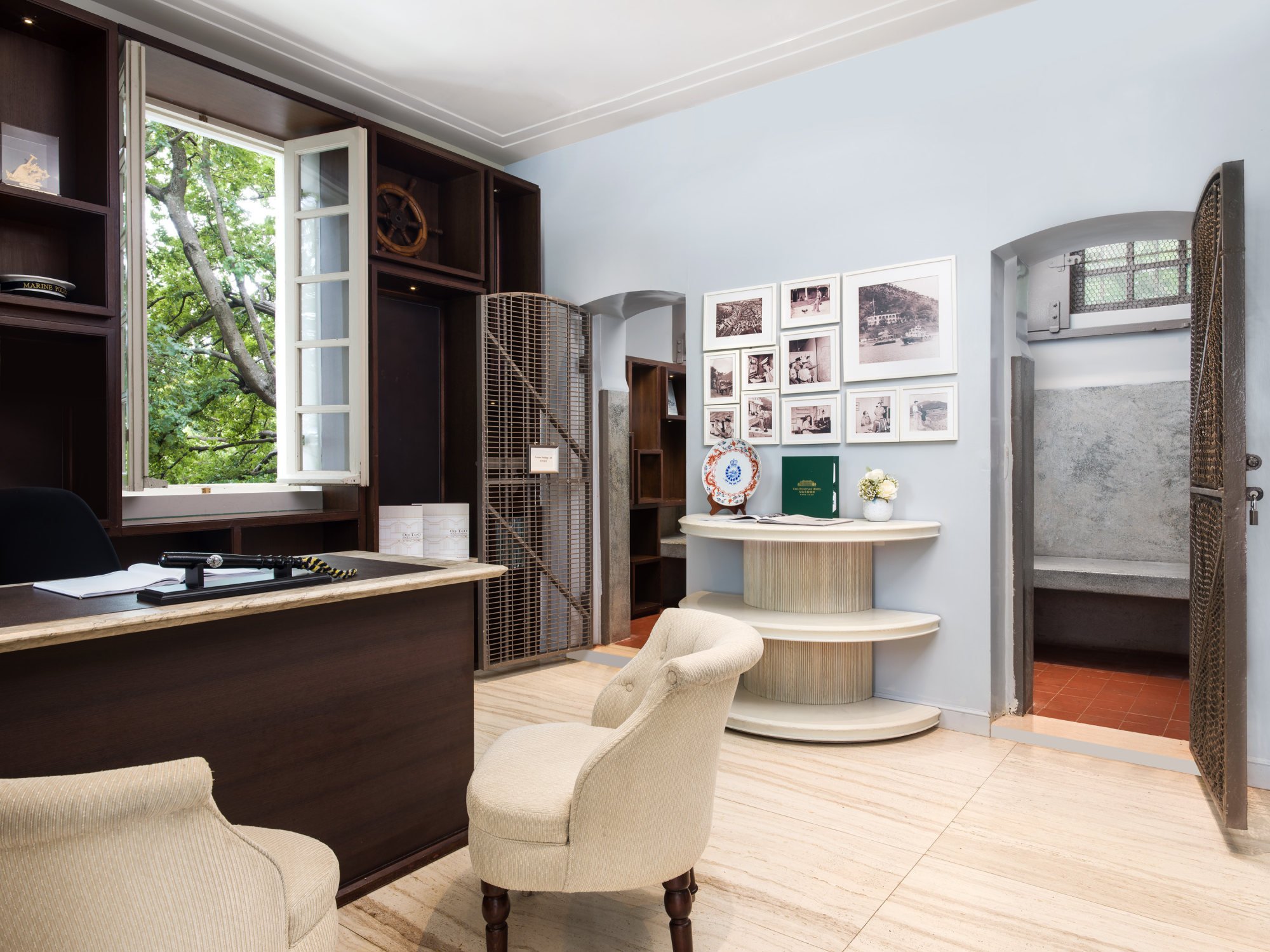
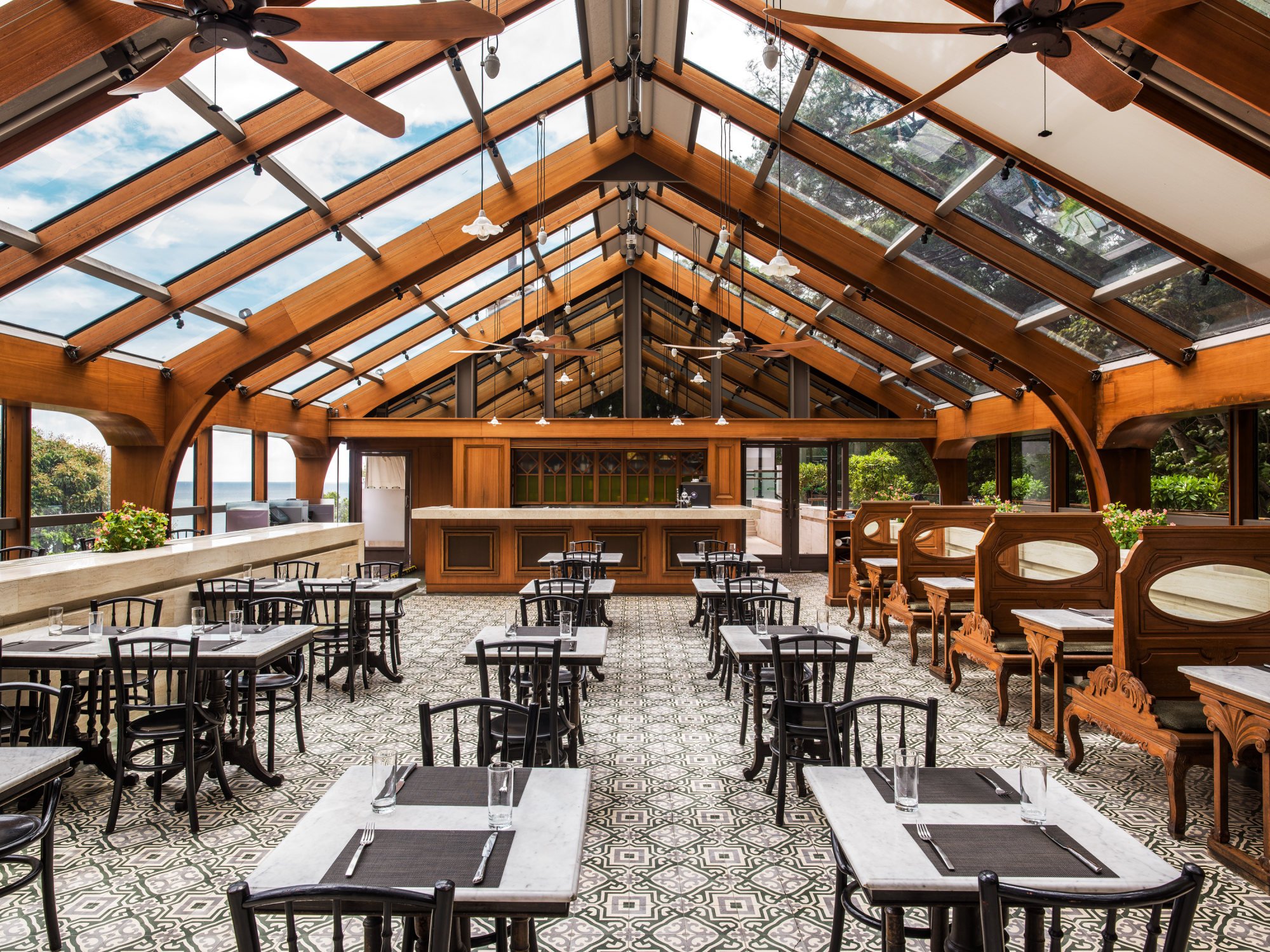
The police station was built in 1902 as a base for marine police officers to monitor pirate activity. In 2009, the Antiquities Advisory Board listed the property as a Grade II historic building. Following its renovation into a nine-room hotel, it received an Award of Merit for Cultural Heritage Conservation in the 2013 Unesco Asia-Pacific Awards.
The effort put into the restoration can be seen on complimentary public guided tours run every afternoon, and an annual open house complete with festivities promoting ecotourism.
The emphasis on preservation is immediately evident. To retain the slopes in the surrounding area while ensuring access for guests, designers built an inclined lift to one side of the hotel.
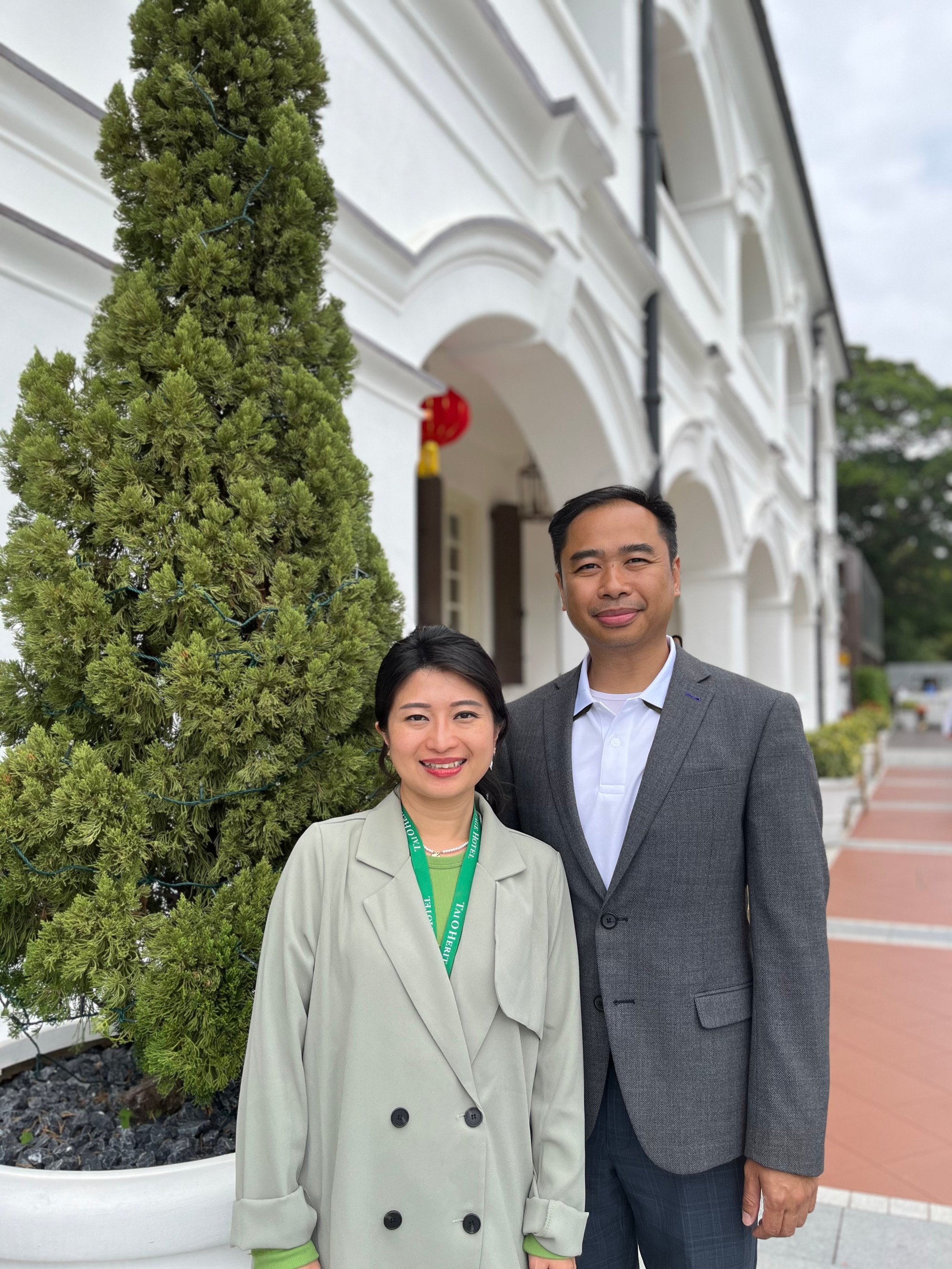
The hotel restaurant’s glass canopy is fully removable and air-conditioning units have been attached externally in such a way as to preserve the physical structure of the building as much as possible.
Reminders of the police presence remain, even after the guest rooms went through a second refurbishment in 2022. Inside, the original partitions run behind its plasterboard walls, while fixtures such as fireplaces have been recreated to match the originals.
The reception area features two holding cells and the veranda houses the searchlight used at night by the duty police officer to see activity at sea. Next to it, the Hong Kong flag flies from a restored flagpole. If you circle around to the back of the hotel, you will notice nine bullet holes in two metal window shutters.
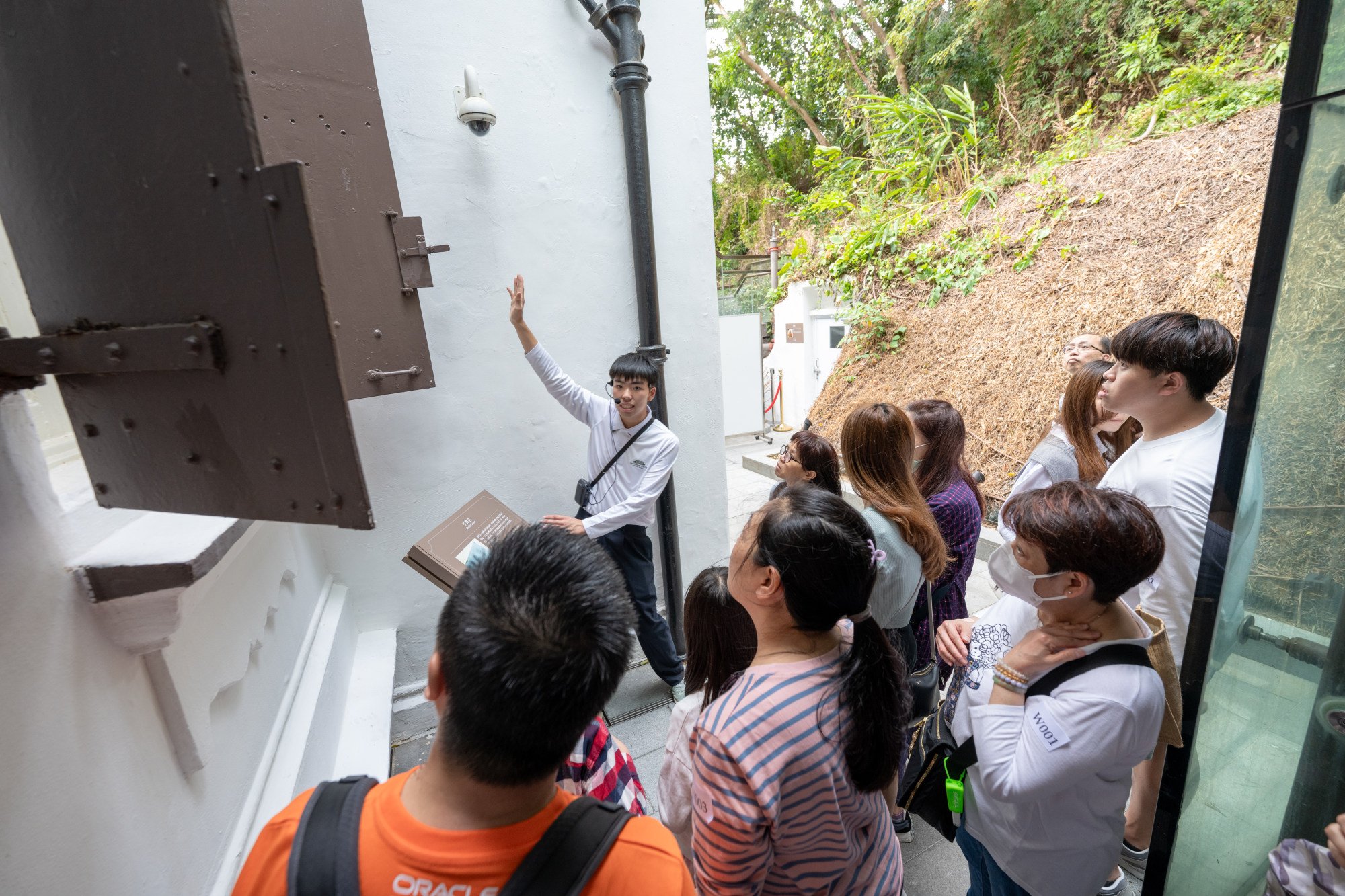
While out on bail Singh entered a room, shot and killed Glendinning and fired several bullets at the sergeant’s wife as she fled, holding their young son. Nine bullets lodged in the metal shutters behind Glendinning and others pockmarked the walls.
In front of each hotel room is a plaque explaining its original purpose – room 2111, for instance, used to be the inspectors’ quarters before it was turned into a restroom for officers. It is named Sea Tiger after one of the station’s vessels.

Turn on the TV inside a guest room and you will find a channel dedicated to documentaries and videos about the fishing village, some of which feature former Tai O police officers.
“We recorded all their stories, and we made [them] into videos and publications [to] extend the legacy of this project’s history,” Kwok says.
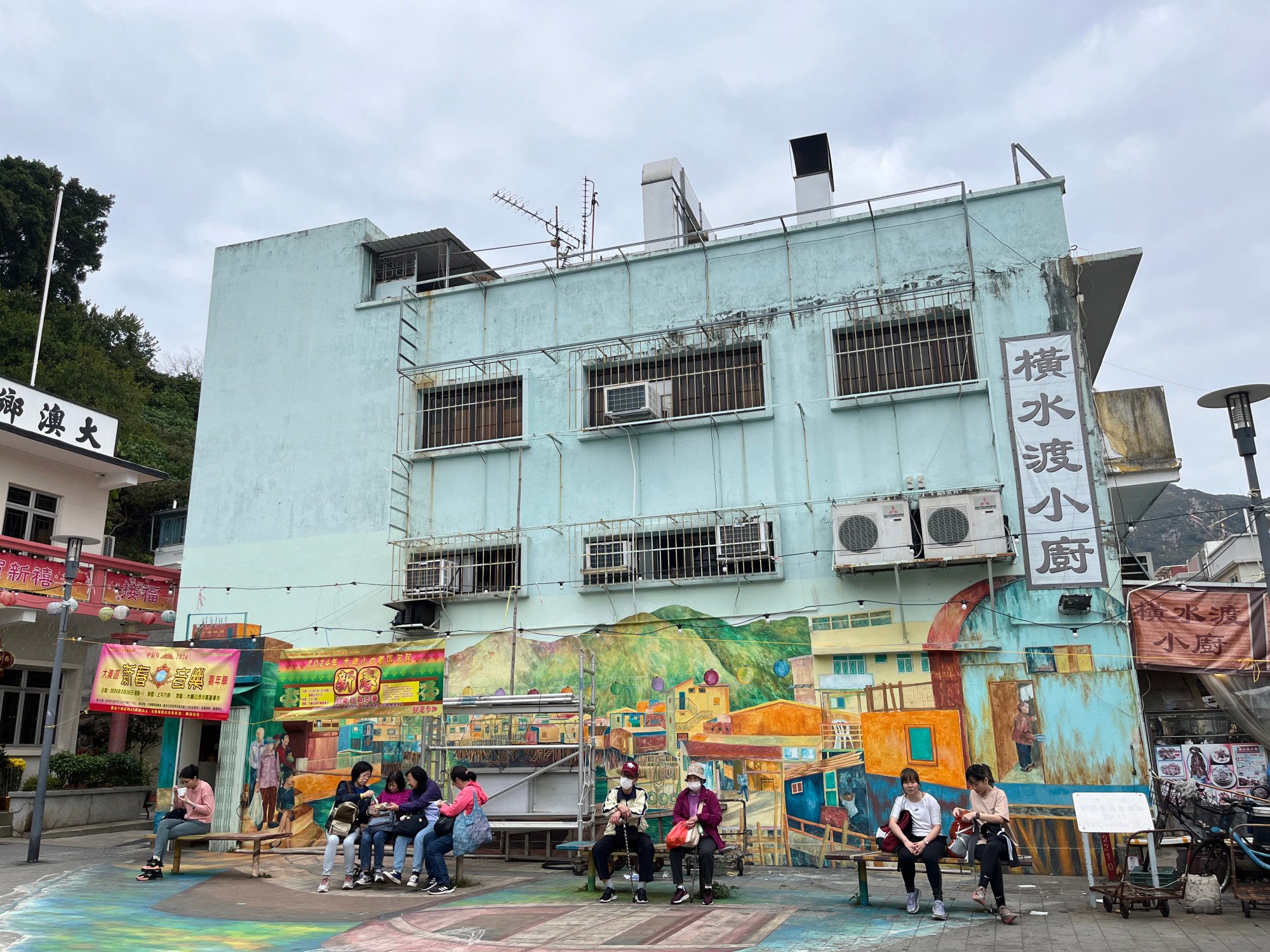
For her, the effort is all about ensuring that Tai O is not forgotten.
“[The foundation] started off as a stranger in this area, but with so many years of dedicated efforts working with the community, we’ve become part of the family,” Kwok says.
“[Tai O] really speaks to the history of Hong Kong,” she adds. “As Hong Kong citizens, we should take the responsibility to preserve this beautiful traditional fishing village – the last [major] traditional fishing village – for our next generation.”

